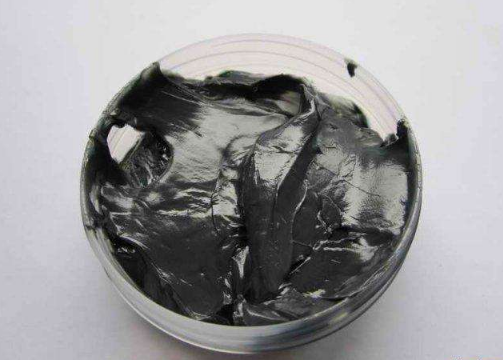What is molybdenum disulfide MoS2?
Molybdenum disulfide is an inorganic substance with the chemical formula MoS2, which is the main component of molybdenite. Black solid powder with metallic luster. The melting point is 2375℃, the density is 4.80g/cm³ (14℃), and the Mohs hardness is 1.0~1.5.
Uses of molybdenum disulfide MoS2
Molybdenum disulfide is an important solid lubricant, especially suitable for high temperature and high pressure. It is also diamagnetic, can be used as a linear photoconductor and a semiconductor showing P-type or N-type conductivity, and has the functions of rectification and energy conversion. Molybdenum disulfide can also be used as a catalyst for the dehydrogenation of complex hydrocarbons.
Molybdenum disulfide is also known as the "king of advanced solid lubricants." Molybdenum disulfide is a solid powder made by chemically purifying natural molybdenum concentrate and changing the molecular structure. The color of this product is black with silvery gray, metallic luster, slippery to the touch, and insoluble in water. The product has the advantages of good dispersibility and non-sticking. It can be added to various greases to form a non-sticky colloidal state, which can increase the lubricity and extreme pressure of the grease. It is also suitable for high-temperature, high-pressure, high-speed and high-load mechanical working conditions to extend the life of the equipment.

The main function of molybdenum disulfide used in friction materials is to reduce friction at low temperatures, increase friction at high temperatures, and have a small loss on ignition. It is volatile in friction materials.
Anti-friction: Molybdenum disulfide processed by supersonic jet pulverization has a particle size of 325-2500 mesh, micro-particle hardness of 1-1.5, and friction coefficient of 0.05-0.1, so it can reduce friction when used in friction materials;
Increase friction: Molybdenum disulfide is not conductive, and there are copolymers of molybdenum disulfide, molybdenum trisulfide and molybdenum trioxide. When the temperature of the friction material rises sharply due to friction, the molybdenum trioxide particles in the copolymer expand with the temperature, which plays a role in increasing friction;
Anti-oxidation: Molybdenum disulfide is obtained through chemical purification and comprehensive reaction. Its PH value is 7-8, which is slightly alkaline. It covers the surface of the friction material to protect other materials from oxidation, especially to make other materials not easy to fall off, and the adhesion force is enhanced;
Parameters of molybdenum disilicide
Fineness: 325 mesh -2500 mesh;
PH value: 7-8;
Density: 4.8-5.0g/cm3;
Hardness: 1-1.5;
Loss on ignition: 18-22%;
Coefficient of friction: 0.05-0.09.
In addition, molybdenum disulfide can also become a new material for making transistors. Compared with graphene, which is also a two-dimensional material, molybdenum disulfide has an energy band gap of 1.8 eV, while graphene does not have an energy band gap. Therefore, molybdenum disulfide may have a very broad application space in the field of nano-transistors. Moreover, the electron mobility of a single-layer molybdenum disulfide transistor can reach up to about 500 cm^2/(V·s), and the current switching rate can reach 1×10^8.
Infomak is dedicated to the technology development of special oil additives, combined the Technology of nanomaterials developed dry lubricant and oil additives two series. Our products can significantly improve the performance of lubricating oil, improve energy efficiency, effectively protect the lubrication device and extend the oil change cycle, which can satisfy the lubrication oil constantly upgrading for high-end engine oil additives. Contact us.

